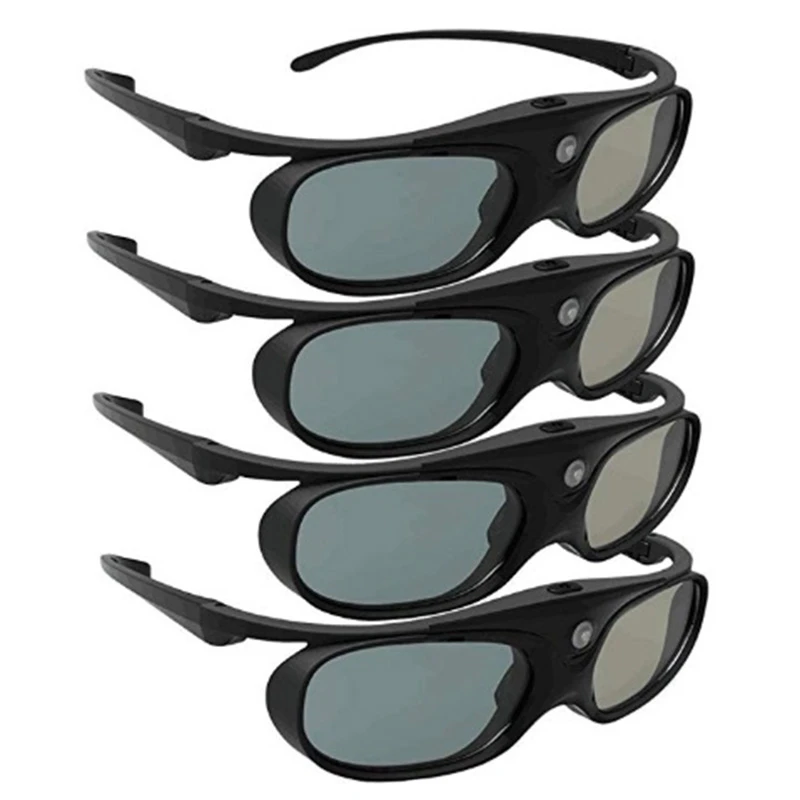

MasterImage 3D has patented the technology, including the technology for aligning the images so that they aren’t blurry.
What are the best 3d glasses 720p#
They are all rushing to do 4.5-inch screens that can do true 720p images.” “We are also talking to almost every major manufacturer in the world.
What are the best 3d glasses movie#
“We have relationships with the movie studios and they love what we’re doing,” he said. Taylor is hopeful because movie studios are readying content for the devices via streaming technology. Now MasterImage 3D has prototypes ready for the improved cell matrix technology, which is easier to manufacture. That device was ahead of its time, so it only sold about 300,000 units. The company shipped the autostereoscopic 3D technology in 2009 in the Wooo phone made by Hitachi. last fall and has now extended to mobile screens. It moved its headquarters to Hollywood, Calif. It now has more than 4,000 digital 3D cinema installations in 70 countries and ships more than 8 million 3D glasses per month. by 2009, it had its 3D cinema projectors in 800 movie theaters. It first developed a digital 3D cinema system and got its first installations in 2006. MasterImage 3D was founded in 2004 in Seoul, South Korea by Younghoon Lee. Only one person can watch in 3D at a time on the four-inch to 10-inch screens. There is a decent 3D viewing angle to the technology, which is probably ideal for watching in an airline seat. But MasterImage 3D scored a $15 million investment in March from Samsung. MasterImage 3D uses a Texas Instruments OMAP 4 processor that can handle 15-inch screens, but Taylor doesn’t expect anyone to ship those because the larger screen size forces you to sit too far back to be able to see the 3D effect. The result is high brightness, and no ghosting or cross talk (which makes the viewer see two images instead of one).īoth 7-inch and 10-inch tablet screens are coming later this fall. But while the 3DS uses a striped approach to its parallax barrier, MasterImage 3D uses a matrix of cells that block one eye and not the other, which is a more fine-grained approach. Human eyes then form the two images into a single 3D image.

The MasterImage 3D solution presents an image to your left eye and a different image to the right eye. The cell matrix parallax barrier is more sophisticated than the glasses-free, or autostereoscopic, parallax barrier technology from Sharp that Nintendo used in its handheld, which debuted in March but sold so poorly than Nintendo cut its price $80 to $169 last week. “We don’t have any issues with eye strain” (eye strain has proven to be a significant issue with the 3DS). “We’ve measured their alignment accuracy and we believe we’re 500 percent more accurate than the 3DS,” Taylor said in an interview at the recent Emerging Display Technologies conference. And if I moved my head too far to the side, it gracefully transitioned to a two-dimensional image. When I moved my head, it didn’t get blurry. I didn’t need to wear glasses to see the sharp 3D imagery. On a 4.3-inch WVGA screen, Taylor showed a 3D movie running in stereoscopic 3D. Roy Taylor (pictured below), executive vice president and general manager for MasterImage 3D, showed me a working prototype of the company’s new screen based on what it calls “ cell matrix parallax barrier” technology. From what I’ve seen so far, it’s going to offer an outstanding 3D experience on smartphones and tablets. But the glasses-free experience MasterImage 3D has developed is something altogether different. The glasses-free Nintendo 3DS turned out to be a disappointment, forcing Nintendo to slash the prices on that handheld gaming device. Most stereoscopic 3D experiences are weak. Join AI and data leaders for insightful talks and exciting networking opportunities. We are excited to bring Transform 2022 back in-person July 19 and virtually July 20 - 28.


 0 kommentar(er)
0 kommentar(er)
